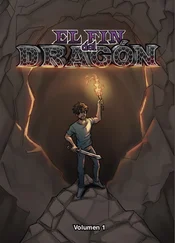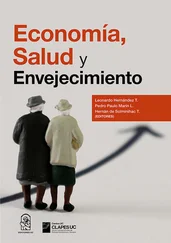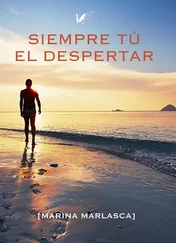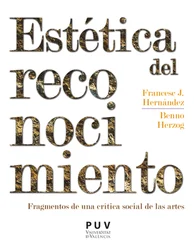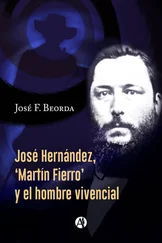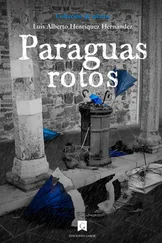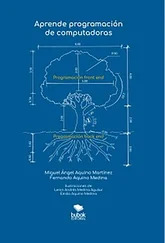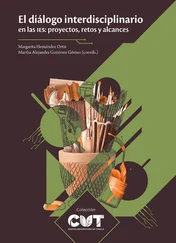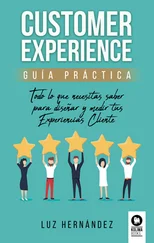When I announced to Vicente Rojo that I was planning to write an essay on his thinking as well as the interview, he became uncomfortable and said he was against it. He said he didn’t want to put himself on a pedestal as some sort of model or example for anyone else, because he had never been able to stand the cult of personality. He told me an anecdote that he’d heard from Miguel Prieto, whom he considered to be one of his masters. When Prieto was a boy, he had to walk several kilometres a day to get to school in Almodóvar del Campo. Many years later, he found out that every day his father would follow him along for some of the way, watching on without him knowing, so that he could grow in self-confidence. According to Vicente Rojo, Prieto became emotional whenever he was in Mexico, so far from the town of his childhood, and remembered all the trouble his father went to, following him and protecting him without being seen. From this lesson from his teacher, Vicente Rojo had learnt such fundamental things as discretion, subtlety, simplicity, and warmth.
Our conversation that afternoon dragged on through anecdotes that might have been parables, and through phrases apparently destined to become aphorisms or mantras. I wrote one of them down in my notebook: ‘I welcome all imperfections, and I’m thankful for surprises. The errors we make, just like accidents, can turn out to be stimulating. I have no reason to hide my faults; in fact, I try to get something useful out of them.’ He was referring to his method of working, which made me doubt the degree to which we were actually talking about the same thing. I can understand that ugliness, mistakes, the abject, and a lack of balance represent true challenges for an artist aspiring to beauty or at least emotion, but I was referring to the fascination Berta had for all things ugly. Strictly speaking, it wasn’t even a real fascination, because she considered ugliness as a part of her reality, but not without a certain degree of resignation and resentment. What I wanted to know is whether, deep down, she would like to be on the other side, before mistakes or accidents come into the frame, when she could still master balance and serenity. Sometimes I’m convinced she’s asking me for some kind of magic spell that would place her forever on that side. And I can’t do it.
In any case, my daughter’s attraction for the darker, dirtier side of existence is nothing new when it comes to people, and especially not for teenagers. I suppose that, in my search for answers, I could look into the most primal customs and expressions (whether private or collective) of human beings, back when we began to become aware of our condition. Further down the line I could look into black magic, superstitions, witches, spells, and all the rest of it.
Now, in my mind, I confuse what I thought during the interview with what the artist said, the notes I took and what I thought upon reflection afterwards. I was sure that in there somewhere I would find a nice paragraph for my essay on the attraction human beings feel for things we don’t like, and how that pushes us to explore Nature and everything it is capable of, the diverse manifestations of how far life can push us. In the end, we are the fruit of chance, of a few lucky combinations of chemical and matter. It’s quite normal that we would want to speculate about our potential as human beings, because by knowing what we could become, what might happen to us, with our bodies and our environment, the people who surround us, the objects we possess and that we like to observe, then we would learn a tiny bit more about ourselves. That’s why horror excites us. Just as we seek out experiences of beauty, when we are presented with its absence, our spirit also experiences a union with the true essence, the energy we belong to. Which is to say, we can be pure energy without form or meaning, a bubbling magma capable of anything or nothing; or, on the other hand, we can accept beauty and allow it to give us form, balance, and meaning. Some people call this essence God, or Nature, or simply light, but when we are immersed in it, we are beyond the physical or sensorial limits of our brains. Vicente Rojo said that the clearest example of this communion, which could be pleasurable or painful, is the emotion we feel when listening to music or observing a masterpiece.
All of these ideas were jumbled and poorly developed in my notes. But they were going to help me nail down Vicente Rojo’s aesthetic, ethical, and philosophical models, first in the interview, and later in the essay. It would be a kind of necessary moral guide in times of turmoil. I was thinking of drawing up a document that would help the reader to stride purposefully through all the challenges posed during a lifetime, especially in moments like the one I was currently experiencing. To begin with, I had decided to stop feeling like I was on the edge of the abyss, at the end of everything, full of fear that a black hole was about to swallow me and everything I held dear. The artist had managed to expand the boundaries of my existence, boundaries I had always considered to be so limiting, so close and threatening.
In my notes from those interviews I highlighted a few important words, and two stood out especially: imagination and hope . Vicente Rojo made me see that imagination isn’t only important for artists, but for everyone in their daily lives. Existence in itself can be reduced to just a few things, which is why it’s so important to endow them with meaning that gives us pleasure or happiness. What we seek is emotion, in a word. None of this is possible without imagination, which is nourished by what we already know, what we learn every day from our most immediate reality, but also through the feelings inspired by art, literature, music, and other sensations that are difficult to name. The artist’s other word, hope , makes me despair. I think it’s heavily linked with imagination. To have hope, it is essential to be able to imagine what we hope for. That’s where I was stuck. However, the essay I wanted to write would be rigorous, so I had to stay on the margins. I was struggling to keep the chaos of my life out of the story I was trying to tell. I had to distil the artist’s way of thinking, his exemplary life, his model of living, which was so different from what my life with Pablo had been, and what my life without him had started to become. My only aim was to write a narrative, with a beginning and an end, that could endow existence with meaning, to create a life that was worthy. ‘To change the world, you need imagination and good timing,’ said Vicente Rojo.
Listening to him talk comforted me because of the enveloping musicality of his voice, and the serenity that radiated from the images he conjured. I read, or heard somewhere, that there’s a hormone that causes a gland in the brain to release a substance that induces pleasure in certain moments. It happens during pregnancy too, I think. I’m convinced my brain was secreting a substance similar to that while I listened to him talk, and while I enjoyed that moment of happiness, I felt I would be able to confront Berta and tell her that I no longer cared that she wanted to surround herself with ugly things, because I knew that was good, that that way she’d learn about beautiful things too. In any case, we were never going to be able to have an ibis in the apartment, because it was impossible. But there was nothing to stop her investigating the nature of her desires and the feelings associated with the image of the bird.
Obviously, when I had Berta right in front of me, at home, I was unable to say any of the things I had thought about and jotted down while I was at the artist’s studio. She continued to torture me with questions about the bird, asking me if I’d done anything to see if we could have an ibis at home. Since I had begun my interview and essay project, every time I sat down at the desk in the study, which used to be occupied by Pablo, I had an argument with my daughter. And it always went the same way. In the beginning, I refused to answer questions about the bird, until her language became so rude that I realised we were no longer talking about the ibis. The conversation I’m recalling now didn’t follow this formula. Berta said that she had looked into it and found out that a few years ago, the ibis had been successfully reintroduced into some mountainous areas and national parks in Cádiz. So, I was wrong when I told her that the bird only lived in Morocco and Syria.
Читать дальше

